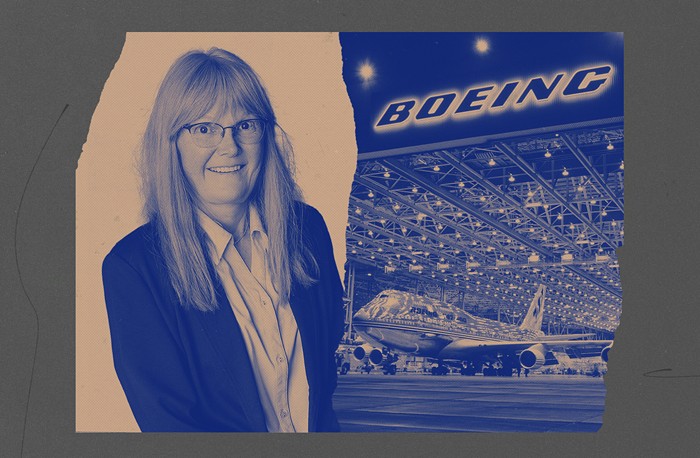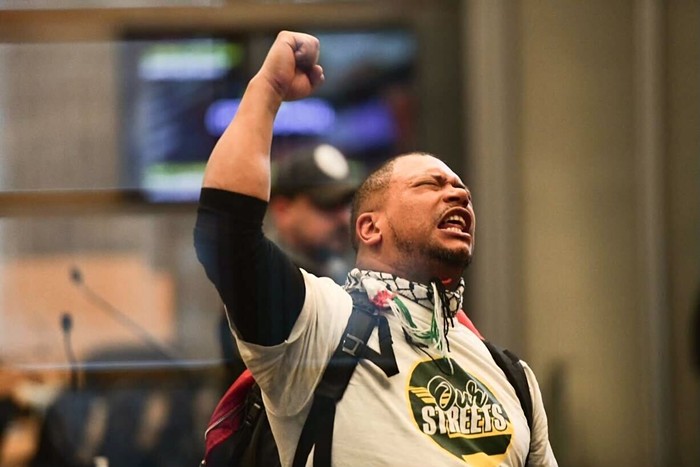Even if they didn't set the fire, Balter, Connelly, and Berger will no doubt point to it as yet another argument against building the monorail. And it is a good argument against building the monorail--the monorail system we built in 1962, that is. Our current one-mile-long monorail is old, outdated, and, as we've just seen, terribly unsafe. But pointing to Monday's fire as proof that the new monorail system will be unsafe is like claiming that a new car is unsafe because your 1962 Buick burst into flames on I-5.
Monorail critics can't be allowed to use Monday's fire to stop the construction of the 14-mile Green Line voters approved in 2002. The fire should be used, however, to point out how safe the new monorail is going to be.
The Request for Proposal (RFP) drawn up by the Seattle Monorail Project--the terms the winning bidder will have to live up to--calls for numerous safety measures that our current monorail lacks. Unlike the current monorail, the new monorail's engines will be sealed off from the passenger compartments and engineered to prevent smoke or flames from an electrical fire from spreading into the passenger compartments for 15 minutes. In the unlikely event that a fire does break out, the doors of the new monorail cars will automatically open--they won't have to be pried open, as on Monday, and people will be able to step out of the car and onto a catwalk, another safety feature the current system lacks. (And the catwalk will run alongside both the double-track and single-track segments of the monorail, which undermines claims by anti-monorail critics who say single-tracking will be a safety issue in the event that a train needs to be evacuated.) In the unlikely event of a fire (even on our current system there's only been one fire in 42 years), no one will have to wait in smoke-filled cars for the fire department to arrive with ladders.
But wait, there's more: Every car will be equipped with heat and smoke detectors and sensors. If an engine overheats or begins to smolder, the fire will be reported to the monorail's control center long before smoke or flames are visible in the passenger compartment. Since the trains will never be more than 2.5 minutes from a station, the odds that any passenger will ever have to step out onto the catwalk are slim: In the unlikely event of a fire, the train would be brought into the station and evacuated before any smoke or flames made it into the passenger compartment.
Monorail opponents who seize on Monday's fire--and point to the admittedly harrowing pictures of people crawling out of smoke-filled trains--will insist that the Green Line can't be built because it will never be 100 percent safe. And they have a point: The new monorail system will never be 100 percent safe. But no method of getting around town is 100 percent safe.
We're gearing up to build a light-rail system in Seattle despite the fact that 61 people have been killed by light-rail trains in Los Angeles since they started running there in 1990. Twenty-two have died in San Diego under light-rail trains since 1981, and 38 in Portland, Oregon, since 1986. In 2002, the most recent year from which figures are available, there were 121 traffic fatalities in King County involving cars and buses. Thirty-four pedestrians died that year in traffic accidents. Cars, buses, light rail, walking, monorail--we're going to run out of transit options pretty quickly if 100 percent safety is a requirement.
As I watched smoke pour out of the monorail on Monday afternoon, two things struck me. First, I knew that opponents would call for more studies, more delays, more input--all code for "death by process, Seattle-style." Monorail opponents will attempt to apply a double standard to the Green Line, insisting that it can't be built if there's any chance at all that anyone will ever get hurt onboard a monorail train. But the safety measures for the coming Green Line are already in place--they're right there in the RFP, as the Seattle Monorail Project has long been committed to building a safe, reliable rapid-transit system.
Second, I was reminded of another elevated-transit accident. On February 4, 1977 (when I was, let me see... 7 years old), an eight-car train on Chicago's elevated rapid-transit system--the "L"--rear-ended a six-car train. Four cars fell 20 feet to the street. Nine passengers on the train died, two pedestrians were crushed to death under the cars, and 266 people were injured. Like the fire aboard the Seattle monorail, this was a rare event; there hadn't been a fatal accident involving the L in decades. And how did Chicago react in the wake of this tragedy? The city didn't abandon elevated rapid-transit. Instead, Chicago instituted new safety measures and got the trains back up and running, and there hasn't been an accident since. (Chicago also went on to build additional elevated lines--one to O'Hare Airport, the other to Midway Airport. Imagine that, folks: a city that decides to build rapid transit to its airports and manages to actually get it done!)
How will Seattle react to a fire on its elevated-transit system that killed no one? That depends on whether or not Seattle is a real city. If we are, we're not going to scrap a bigger, better, safer 14-mile monorail rapid-transit system because of what happened on Monday. So ignore the Balters, Connellys, and Bergers as they opportunistically point to Monday's fire. Big cities need rapid transit and the Seattle Monorail Project is bringing safe, reliable rapid transit to Seattle.


















